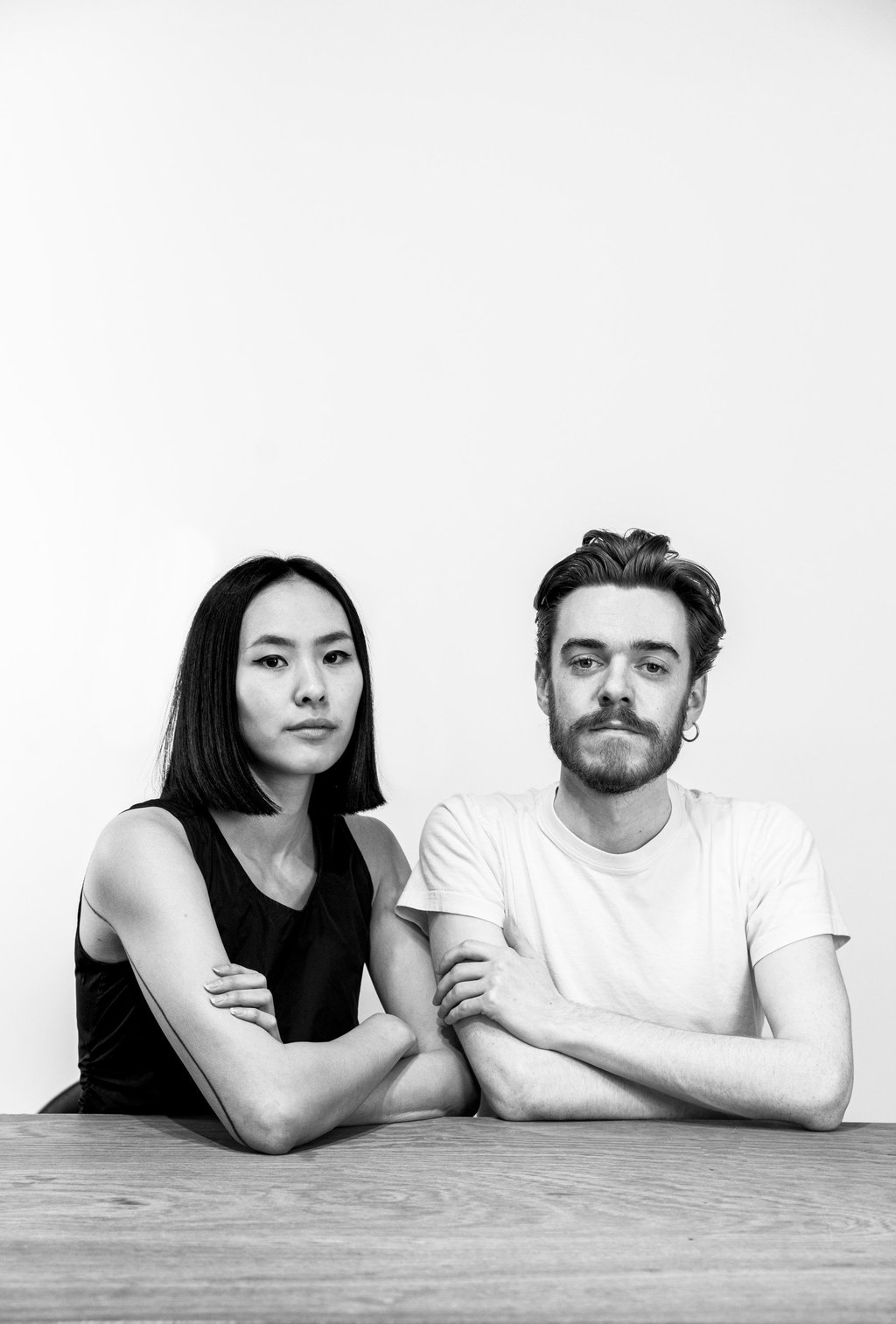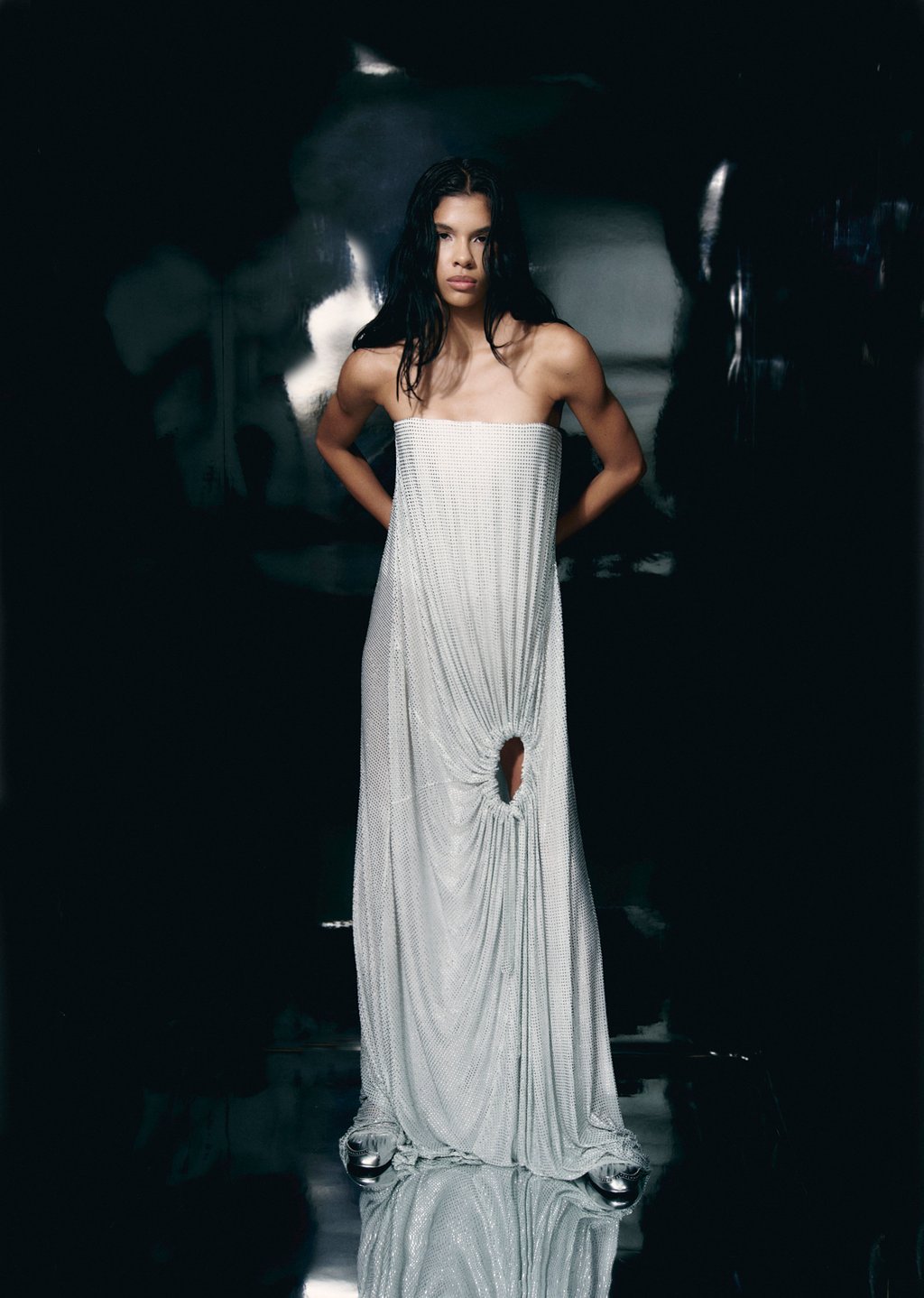Q&a / Wedding dresses you won’t forget: Wed Studio bridalwear marries tradition with ‘crazy’

- Need a wedding dress with a difference? London-based duo Amy Trinh and Evan Phillips are redefining modern bridalwear – and clients don’t see the dress until the first toile
When Amy Trinh got engaged seven years ago, she looked for a dress … and looked, and kept on looking.
Even in London’s most expensive bridal boutiques – the kind where many young women picture themselves making a great reveal to a gaggle of close girlfriends, champagne in hand – Trinh couldn’t find a dress that felt right.

Enter Wed, the bridal brand that has since gone from one-off project to side hustle to full-time job. Business has snowballed since its beginnings in 2019, and the studio has whipped up dream dresses for some of fashion’s most clued-in insiders and set trends for the industry at large. We caught up with them to hear about the highs and lows of going against the grain.

Who is the Wed woman?
Evan: They’re creative, they have a good sense of their own style, they understand what they like in life. People buy from us with a need, rather than just a want. There are so many brands selling ready-to-wear and it’s not things people desperately need – they might have three coats, 10 pairs of trousers. You buy a wedding dress for a reason.
Unorthodox bridalwear has seen such a boom. And you guys were ahead of the curve – did you foresee this?
E: I think you’re the first person who said that but we felt like we were [laughs]. We now can’t meet our demand, which is great and also not great, as we want to deal with as many customers as we can.
Amy: I think people only say that now because it’s clear [in retrospect]. We knew there was something there, but it took a long time for the messaging to be understood.